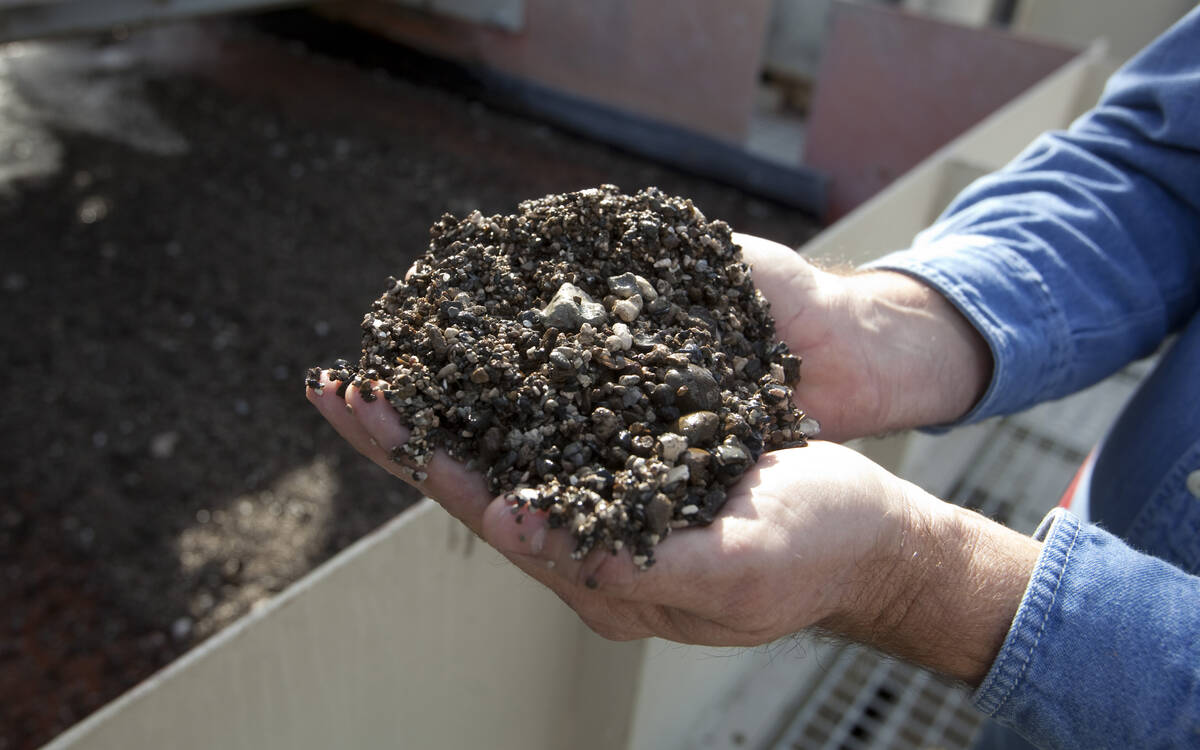Prairie rattlesnakes do not have easy lives.
Though they have camouflage and venom to protect themselves, most do not survive for a year.
Ken Moore, a volunteer with Lethbridge’s Helen Schuler Nature Center, is interested in snakes and gave an April 15 presentation designed to alert the public now that rattlesnakes are leaving their winter dens.
“I don’t handle snakes and you shouldn’t either,” said Moore.
In fact, it is illegal to handle any Alberta snakes except garter snakes, and even those can only be held long enough to remove them from a person’s property.
Read Also

Phosphate prices to remain high
Phosphate prices are expected to remain elevated, according to Mosaic’s president.
Mature male rattlesnakes will concentrate on only one thing for the first half of summer: eating. Mice and voles are their foods of choice, and they will frequent areas where those rodents can be found.
In the last half of summer, rattlesnakes will be looking for mates.
Females also spend early summer eating, and will release pheromones to attract males if they achieve enough fat by late summer. If successful, females will hold the sperm within their bodies throughout the winter, releasing it when eggs are mature.
The eggs hatch within the female and the four to 12 young, called neonates, are born in the snake’s rookery in August or September.
The female stays with the young until they shed their first skin, which takes a week to 10 days.
Then the neonates are on their own. They crawl to a hibernaculum, which is usually nearby, and stay for the winter.
Predators for all ages of rattlers include birds of prey, coyotes, foxes, weasels, badgers, skunks and people.
Vehicles kill many rattlesnakes each year, a situation Moore wants people to avoid.
Prairie rattlesnakes are found in southern Alberta and southern Saskatchewan.
- Latin name Crotalus viridis.
- Can detect movement to about 12 metres.
- Forked tongue used for smelling.
- Arrow-shaped head, vertical pupils.
- Ridged scales, making them rough to the touch.
- Pit viper.
- Most active at night.
- Can eat two to three times body weight.
- Eat mice, voles, ground squirrels, birds, lizards and frogs.
- Neonates born without rattles but with venom.
- Neonates slightly larger than a pencil at birth.
- Adult age cannot be determined by length of rattle.
- Females can go for a year without eating.
- Reach sexual maturity in three to five years (males) and five to seven years (females).
- They do not necessarily breed every year
- Bite is seldom fatal to humans.
- Venom used to treat breast cancer tumours, Parkinson’s disease and other illnesses.















